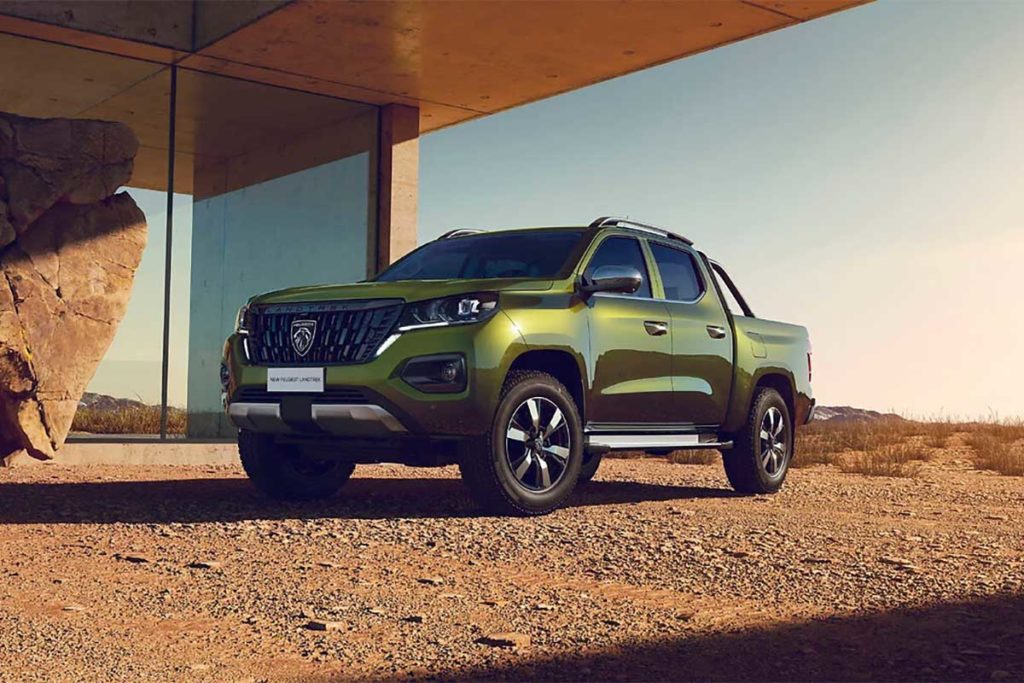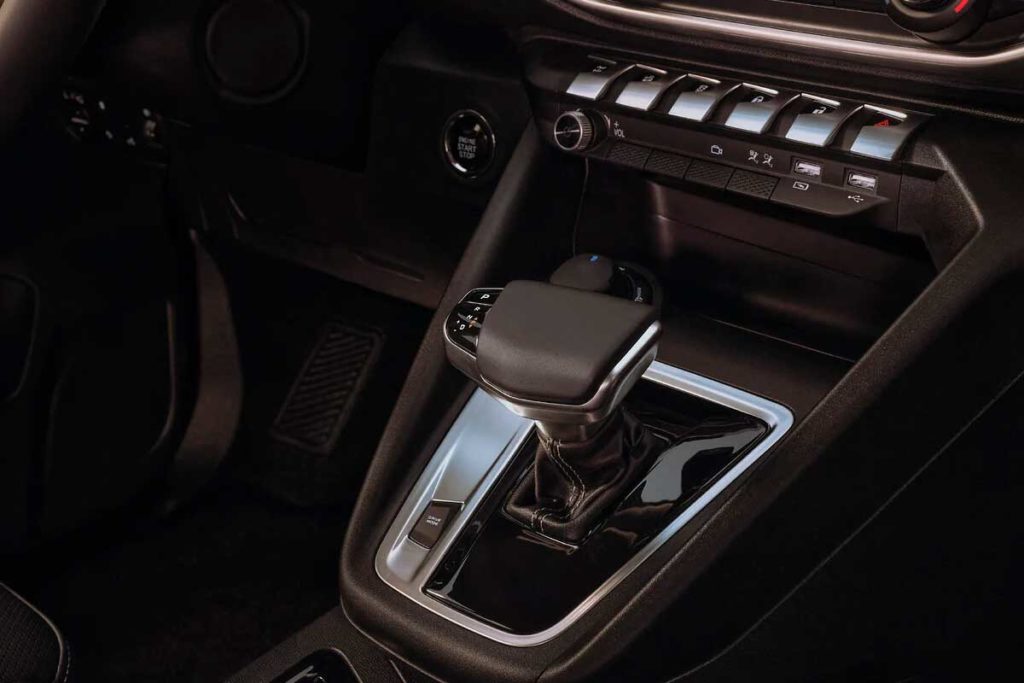
Stellantis is always full of surprises! His latest announcement concerning the Peugeot Landtrek, a pick-up enjoying a mid-career facelift is something to smile about. This upgraded version of the Landtrek, designed for markets in Africa, the Middle East and South America, is now available in two versions.equipped with a Fiat engine. Yes, you read that right: a Fiat engine, once again.
The Peugeot Landtrek, launched in 2020, now benefits from a new 2.2-liter Multijet 200 hp diesel engine, combined with permanent all-wheel drive. This Fiat engine, already seen in several Jeep models, raises a recurring question that echoes Stellantis' previous choices. Why use a Fiat engine in models not intended for the European market? but avoid it for new Italian models like the Fiat 600, Lancia Ypsilon or Alfa Romeo Junior.

For over a year now, Stellantis has been integrating Fiat engines in models such as the Peugeot 208 in Brazilwhere the Firefly 1.0L version replaces the PureTech 1.2L in a market dominated by smaller engines adapted to ethanol.
More recently, Stellantis repeated the operation with the Citroën C3 in Brazil, a model also equipped with the Fiat Firefly engine, in 1.0L Turbo Flex 200 version. With its 125 to 130 hp, it is perfectly suited to this country. However, this logic doesn't seem to apply to Stellantis' European models.
For this Landtrek, the question of the Fiat engine arises once again. Why are Fiat engines preferred in certain markets outside Europe? The 208, C3 and this Peugeot Landtrek demonstrate that this is technically possible. In the case of this 2.2L Multijet, the cause probably lies in CO2 emissions, which are over 150g/km. Generally speaking, however, in Europe Stellantis seems to prefer, with the exception of the future Fiat 500 hybridStellantis' strategy was to limit the use of these Fiat engines, opting instead for PSA 1.2L EB or 1.6L EP6 engines. Stellantis' strategy remains, for many, a mystery.
The initial choice of the puretech engine was conceivable, as it was certainly less expensive to produce, with lower CO2 emissions. But following the fiasco of this engine, it's urgent to go back to the firefly, even if it means modernizing it a little (it's not old). It's easier to improve a good base than to save a poorly born engine. Let's hope the decision on the 500 is the prelude to further reintroductions of the firefly!
A mystery, that's what it is 🤔🤔🤔
A true aficionado (or lover of Italian cars) will always refuse to buy an Alfa Romeo with a PureTech engine. If that's still the case in the future, I won't buy another new Alfa Romeo (unless I switch to an electric model), and I won't be happy about that at all.
On the other hand, I'm not at all opposed to a FireFly engine.
My hypothesis is the same as yours. Homologation and environmental standards. South American markets are far less demanding than ours. At least for Fireflies.
But for the 2.2, there's no PSA equivalent (not anymore anyway). And until now, it's been a Chinese engine in the Landtrek. So we might as well use an in-house engine. Because the 2.2 still exists under the hoods of Ducato/Boxer vans.
For the 500 hybrida, fortunately. In fact, it's a logical choice, given that the base was apparently designed for a combustion engine, and therefore Firefly. The engine is still in production, so it would have been counterproductive to adapt a puretoc. Until 2029? Like the "old" Panda/Pandina?
"This Stellantis strategy remains, for many, a mystery."
I think it's a question of cost. You'd have to ask Nulos directly. Now that he's out of the business, he'll probably have a looser tongue.
The reason is simple: the platforms are designed for PSA engines which, incidentally, emit less CO2. In other markets, they adapt the platforms to accommodate Fireflies, but these are markets with more lax safety and emissions standards, not to mention the fact that Brazil demands ethanol-compatible engines. You mention the Fiat 600, but without PSA it wouldn't exist. Putting a Firefly on it would mean re-certifying the platform and therefore redoing the crash tests, since the design of the platform allows for the engine to move in the event of an impact, and if you change the engine you have to rethink everything.
Because the ex-PSAs now pass the EuroNCAP? That's new ^^
Better a Fiat engine than the Peugeot 1.2 puresteak, I think the reputation of Peugeot engines took a hit and so did sales 🙁
In any case, for Algeria, the "chinoi" engine installed on the Fiat titano or Peugeot landtrek is a real disaster, it sinks after 40 to 60m km, the parts are nowhere to be found, the only solution found is to replace it with a very old Mercedes engine, the 5-line turbo! a shame and a great disappointment for the stelentis group.